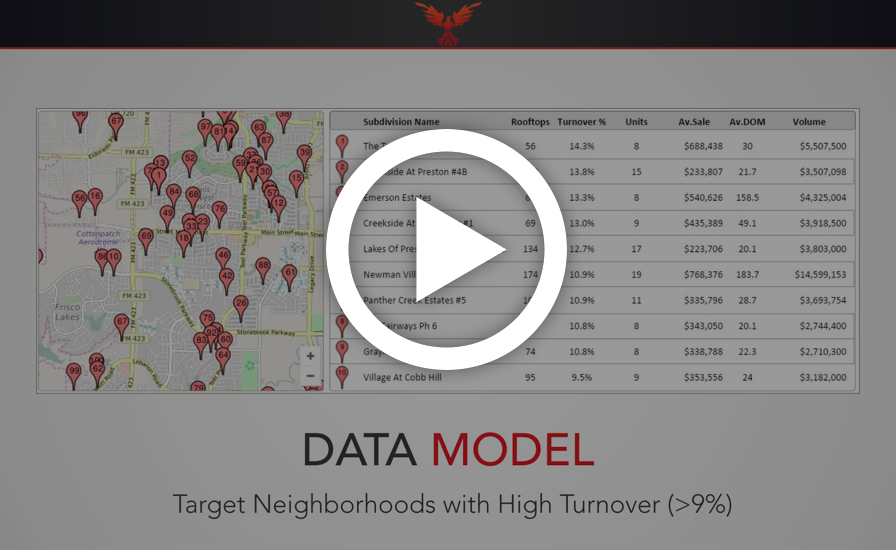You got yourself a seat across the table from a serious seller prospect and the listing is yours for the taking.
You’re thinking to yourself: “I’ll do anything - legally, ethically and morally - to get this listing tonight”.
No doubt, that’s what you have to believe if you want a shot at getting this listing.
However, there are some things you should never do on a listing appointment, no matter how badly you want this listing.
In fact, there are at least five big listing presentation killers that could derail your listing presentation and stop you dead in your tracks.
You may already do these or you may not.
Either way, avoid them at all costs because they are real deal crushers.
Here are five things you should never do on a listing appointment:
1. Never give price first
If you haven’t figured it out yet, then I’ll let you in on a little secret: the main reason you’re at a seller’s house for a listing presentation is so they can get your thoughts on the price of their home.
Yes, they do want to hear about your marketing, team structure and all the other things you’ll do to get their home sold.
But when all is said and done, you’re there to give them the price at which you think it will sell.
And, to that end, as soon as you tell them the price, the opportunity to keep selling and earn their business is diminished greatly.
One of the coaches at NAEA told me a story once of how he went on a listing presentation one time to help a lady sell her half of the duplex she owned.
While he was there, Wheel of Fortune was playing on the television during his presentation (another mistake he made and one you’ll want to avoid as well - no TV during presentations).
Within 5 minutes of sitting at the kitchen table, the seller asked him what he thought the price of her home was and against his better judgement, he gave it to her.
From that moment on, he did his listing presentation while she continued to watch Wheel of Fortune.
Not surprisingly, he didn’t get the listing.
The fact of the matter is that until the seller agrees that you’re the best person for the job of getting their home sold, price doesn’t matter.
Price is a function of supply and demand...the demand you’re able to drive on their home based upon your selling system.
You must keep control of the sales process and follow a fairly structured approach in your listing presentation to get the best results.
-1.png?width=536&height=445&name=pasted%20image%200%20(17)-1.png)
If a seller asks you for the price of their home before you’re prepared to give it to them say this:
“Am I the agent that you want to sell your home? The reason I ask is that if I’m not the agent, then the price I give you is irrelevant. The price at which you sell your home should be based upon the fact that you know, like and trust your agent and you feel that they’re going to do the best job for you. So, if I’m the agent you want, then let’s go to price and get the paperwork squared away. However, if you’re unsure if I’m the right agent, let’s spend some time together an review what I do that other agents do to get your home sold for top dollar in a time frame that works for you."
Sure, it’s a mouthful, but it’s what you have to do in order to have the opportunity to have a legitimate shot at getting the listing.
Never, and I mean NEVER, give price first.
2. Try to sell without first building massive rapport
It’s natural to get excited about a listing presentation. You have a real opportunity to change someone’s life and get paid handsomely to do it at the same time.
Despite the fact that you might be fired up to get a new listing, it’s crucial that you follow a proven process that starts with spending the appropriate amount of time building rapport with your seller prospects.
According to Tony Robbins: “Rapport is created by a feeling of commonality. When we have something in common with someone, we feel more comfortable.
The more comfortable we feel, the more we enjoy ourselves. And the more we’re enjoying ourselves, the more we enjoy the company of others. Sounds like a great way to make new friends, right? That’s because it is!”
In many cases, we use words to build rapport, often in the form of asking questions: “Where are you from?” and “What do you do?”. As you’re aware, words only represent 7% of how we communicate.
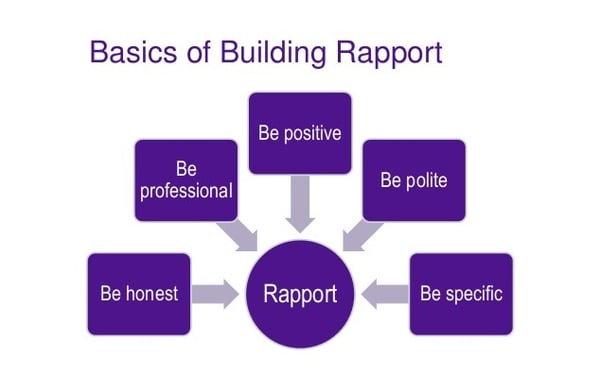
Certainly, words are powerful, but they don’t communicate mood and feelings at the highest level.
Ninety-three percent of who we are, and what we respond to, is nonverbal. And, because we gravitate towards those that we know, like, trust and think are like us, one of the best ways to create rapport is to match and mirror the people with whom we meet.
For example, If they’re energetic, make sure yours is as well to match. Conversely, if their energy is low, lower yours so you can connect with them on their level. Use the same body movements they do. Adjust the volume, tone and pitch of their voice with theirs.
You can also mirror people’s methods of touch: handshake, pat on the back or friendly touch on the shoulder or forearm will communicate more than words ever could.
Now, before you get all “touchy-feely”, use your sensory acuity to determine someone’s boundaries and willingness to have their space invaded. First understand, then respect the space they need to build and stay in rapport with them.
Body posture, facial expressions, pace, etc...the list is long. Without it looking like a huge game of Simon Says, do what they do.
Done properly, they won’t be able to tell why they like you, but they will! And when that happens, you have the rapport you need to make a sale.
3. Never agree to do print marketing
For some reason, sellers still want to see their home in the Sunday paper.
There was a time, prior to the advent of the Internet in 1992, when advertising in the newspaper was a great way to get your listings seen by a large number of buyers.
To that point, there were, and still are, real-estate-specific magazines and other publications that people could find in news boxes in front of grocery stores and restaurants.
But for all that paper and ink that’s used to create these printed materials, it’s virtually a useless method of getting homes marketed and sold.
-1.png?width=600&height=325&name=pasted%20image%200%20(16)-1.png)
According to the National Association of Realtors®, 3% of home buyers use print materials of some sort to find a home.
3%...that’s it.
Conversely, 45% of buyers use the Internet in one way or another to search for homes.
That’s a 1,400% increase.
Knowing this, you need to be able to articulate to sellers that your budget, your time and their time would be completely wasted on listing homes for sale in any print media as virtually nobody looks at it to find a home.
There is a caveat to all of this advice.
If - and that’s a big if - you currently use a source of print media that does, in fact, generate solid buyer leads and gets you at least a 3X to 5X return on your investment, by all means, use it.
Other than that, avoid print media like the plague.
Never agree to use print media as part of your marketing strategy.
4. Don’t look like a “deer in the headlights” when you get questions/objections
Your sellers want to work with someone who is confident and prepared for any challenges that might come up during the listing process.
So, whether you’ve been to 1 or 100 listing presentations you must prepare and practice to handle anything that the seller might send your way in the form of questions and objections
Most most of them will be centered around commission and pricing as the bottom line is what’s important for most sellers.
To that point, you should have a clear idea of what’s going to be asked and potentially objected to and how you’re going to handle it. Never be surprised by questions or objections. Never.
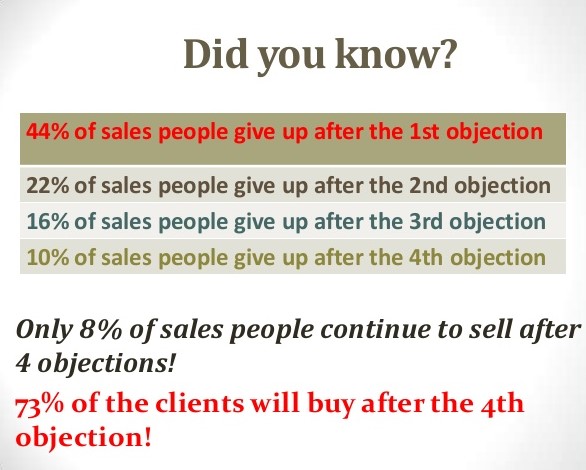
Note: If the sellers are asking for a commission reduction, try this: “Mr. and Mrs. Seller, If you’re looking for the cheapest agent, I’m not your guy. My goal is to get your home sold for the most amount of money in your time frame. If you want to get the most money for your house in this market, then I’m the agent for you.”
And no matter, what, stay true to the data and the price you felt comfortable with long before you stepped walked across the threshold of their front door. One moment of uncertainty and they’ll begin to doubt you. That’s hard to recover from, for sure.
Remember, it’s the market that determines the price and not you, so don’t let their feelings influence the certainty with which you’re going to handle questions or objections you get on price or anything else in your presentation.
5. Never leave a listing appointment without asking for your prospect’s business
Let’s do the math:
Prospecting time to get one listing appointment: 1.5 hours
Listing preparation time: 2 hours
Drive time: 1 hour
Listing presentation time: 1.5 hours
According to my math, that’s six hours, minimum, that goes into taking a listing.
Let’s add to that the roughly $7,251 in commission you’d make on the sale of a home at the median price across the United States right now, $241,700.
That makes, six hours of your life, plus gas money, plus time away from your family and a potential commission of almost $7,300…all for one listing.
From where I stand, that’s a big deal and absolutely something I’m willing to fight for...including making sure I ask for the order.
Unfortunately, most salespeople don’t feel the same way that I do.
Here’s what Grant Cardone, sales guru, has to say about the negative results associated with not asking for the sale…
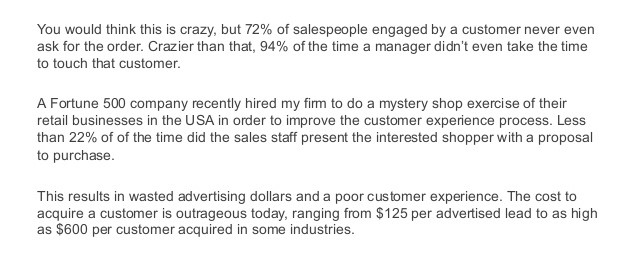
You must get to the point where you value yourself and your time enough and have the courage to ask your prospects for the order when the time is right.
Otherwise, it’s a complete waste of time, energy and money to put all that work into getting a listing and not ask the sellers if they’d be open to listing their home with you before, during or after your listing presentation.
-1.png?width=600&height=450&name=pasted%20image%200%20(15)-1.png)
Never leave a listing presentation without asking your seller prospects for the order.
You have to remember that it’s your real estate business, your listing system and your listing presentation.
You could never walk into a restaurant and dictate to them how to run their business - other than telling them how you’d like your food cooked and seasoned - and have an enjoyable experience.
Be committed to doing what I’ve laid out here and you’ll have more control of your listing presentations get significantly better results at the same time.



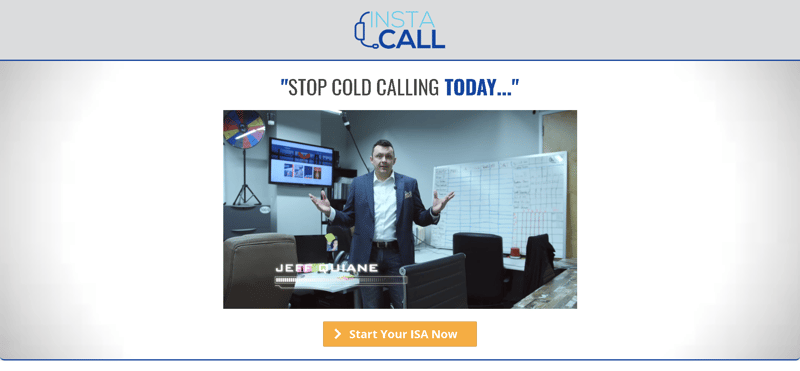
.jpg)
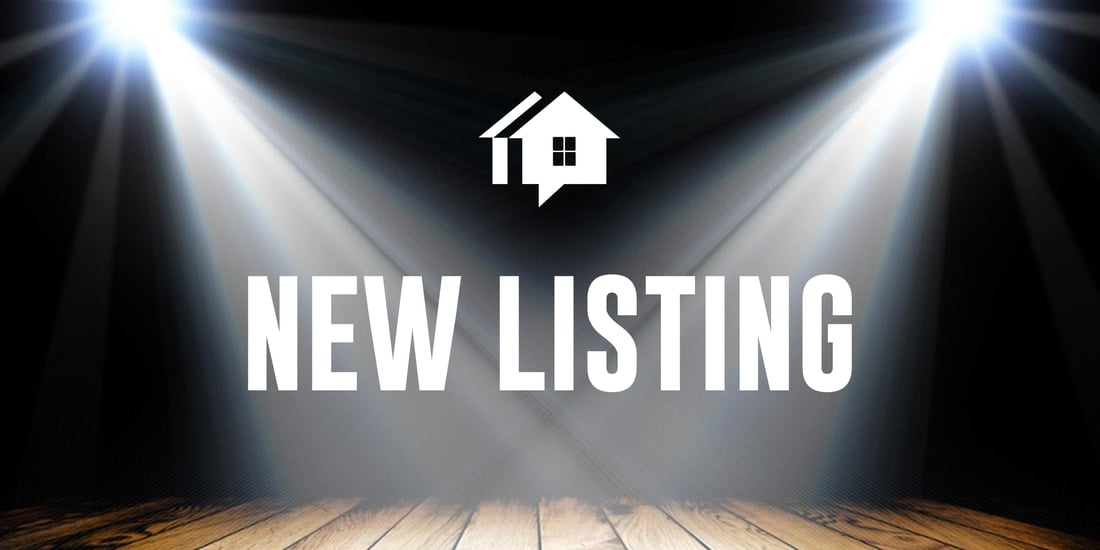

.png)
.png)
